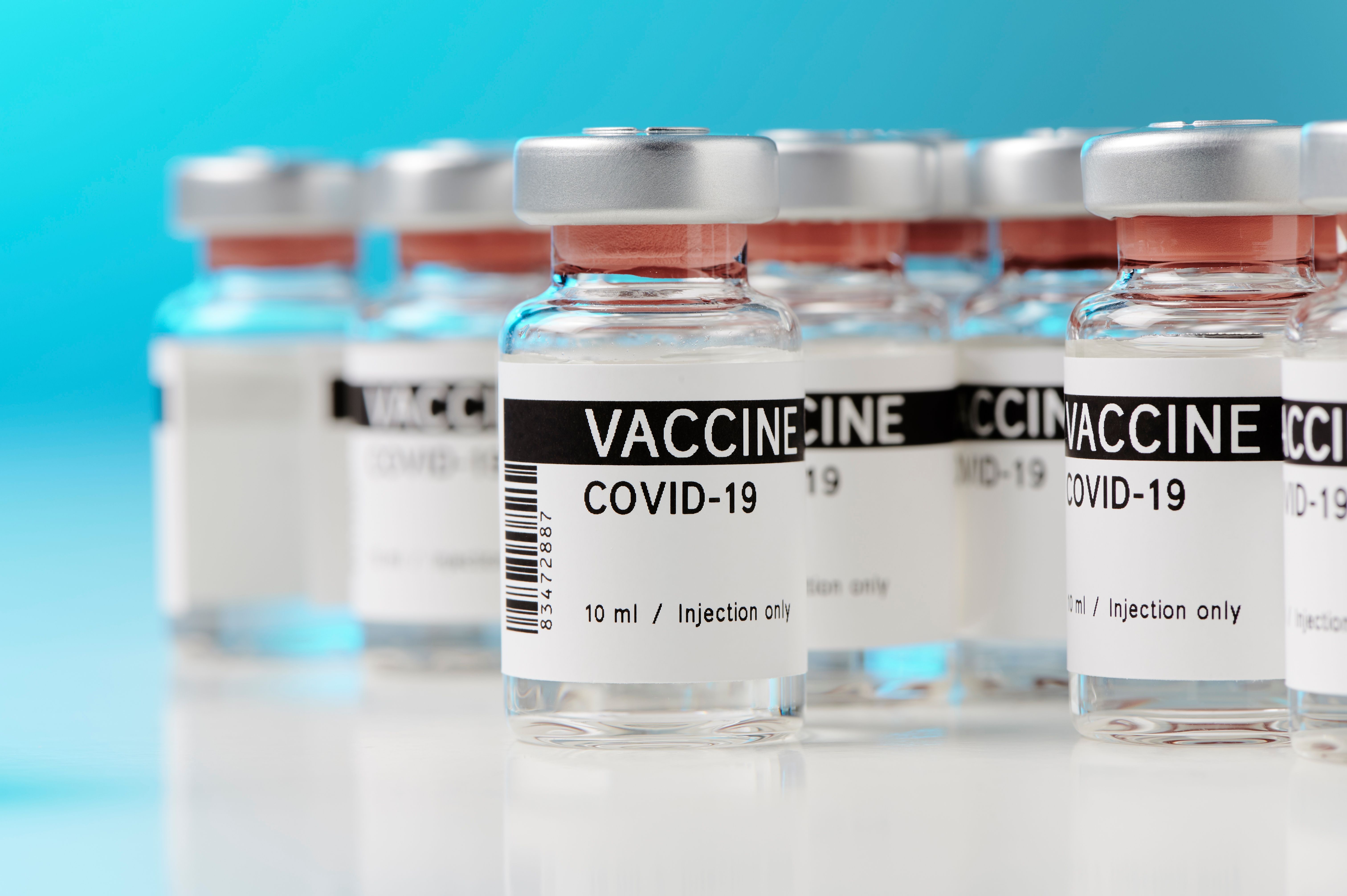News
Article
Are COVID-19 mortality rates linked to party affiliation?
Author(s):
Study suggests greater numbers of excess deaths during pandemic in Republican-leaning areas
From early in the COVID-19 pandemic, it was clear that Republican- and Democratic-leaning areas were responding to the disease in very different ways. Now a new study shows those differences grew sharper after COVID vaccines became universally available, with Republican-leaning regions experiencing more excess deaths than Democratic ones.
Researchers from Yale University linked deaths among 538,159 adults in Florida and Ohio between March 2020 and December 2021 to voter registration files from 2017. (They chose those states because they were the only ones for which historical voter registration data were readily available.)
Linked data included each individual’s age, week of death, their county of residence and political affiliation. The researchers defined excess deaths as the difference between actual and expected deaths between January 1, 2018 and December 31, 2021. They found that for the entire period the excess death rate for Republican voters was 2.8 percentage points, or 15% higher than the excess death rate for Democratic voters.
However, the gap widened significantly after April 1, 2021, when vaccines became available to all adults in Ohio and Florida. Before then it had been -0.9 percentage points; afterwards it widened to 7.7 percentage points, a 43% difference.
The findings suggest that “political party affiliation became a substantial factor only after COVID-19 vaccines were available to all adults in the U.S.,” and that “well-documented differences in vaccination attitudes and reported uptake may have been factors in the severity and trajectory of the pandemic.”
They acknowledge, however, that party affiliation could be a proxy for other risk factors for excess mortality, such as rates of underlying medical conditions, race and ethnicity, or health insurance coverage.
The researchers note that even more than two years after vaccines became available more than 50 million adults have yet to complete a primary series, putting them at substantially increased risk of hospitalization and death. “It therefore remains imperative for public health officials to continue and enhance activities intended to improve initial vaccination coverage, in tandem with current or future booster campaigns.”
The study, "
Excess Death Rates for Republican and Democratic Registered Voters in Florida and Ohio During the COVIC-19 Pandemic,” was published online in JAMA Internal Medicine July 24.






